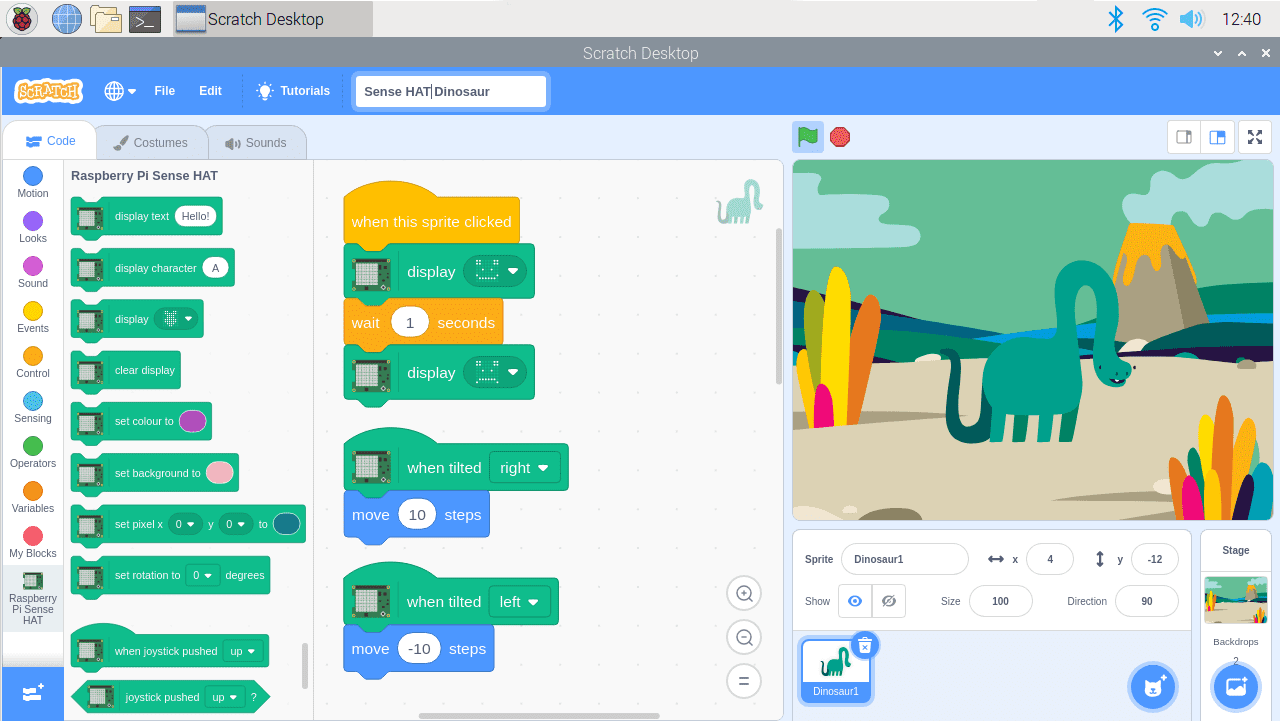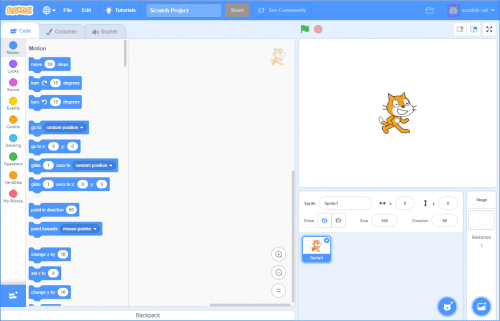Schlagwort: Scratch 3
-

Code to the beat of your own drum during Black History Month 2023
Reading Time: 5 minutesWhen we think about a celebration, we also think about how important it is to be intentional about sound. And with this month of February being a celebration of Black history in the USA, we want to help you make some noise to amplify the voices, experiences, and achievements of the Black…
-

Scratch 3 Desktop for Raspbian on Raspberry Pi
Reading Time: 4 minutesYou can now install and use Scratch 3 Desktop for Raspbian on your Raspberry Pi! Scratch 3 Scratch 3 was released in January this year, and since then we and the Scratch team have put lots of work into creating an offline version for Raspberry Pi. The new version of Scratch has…
-

We’re hosting the UK’s first-ever Scratch Conference Europe
Reading Time: 3 minutesWe are excited to announce that we will host the first-ever Scratch Conference Europe in the UK this summer: from Friday 23 to Sunday 25 August at Churchill College, Cambridge! Scratch Conference is a participatory event that gives hundreds of educators the chance to explore the creative ways in which people are…
-

Scratch 3, and upgrading our free resources
Reading Time: 3 minutesOn 2 January, MIT released the latest version of their incredible visual programming language: Scratch 3! Scratch 3 is here We love Scratch — it’s the perfect starting point for young people who want to try coding, and we’re offering a huge variety of free Scratch project guides for all interests and…



